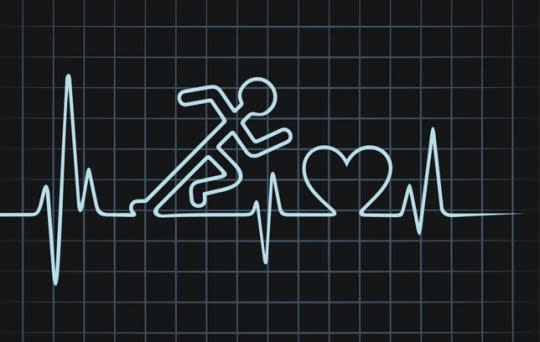Variety is key when trying to improve your cardiovascular system and when trying to lose weight!

Cardio sessions should be divided into 3 categories: high, moderate and low intensity.
- High Intensity Cardio: This falls between about 75-85% of your maximum heart rate (MHR) if you’re using heart rate zones, or a 7 to 8 on a RPE(rate of perceived exertion) scale from 1-10. What this translates to is exercise at a level that feels challenging and leaves you too breathless to talk much. If you’re a beginner, you may want to work up to this level or try beginner interval training so that you work harder for shorter periods of time. Advanced exercisers can try high intensity interval training for more strenuous workouts. Higher intensity cardio is great when you do not have a lot of time. Just 20 minutes at this level will burn significant calories and give your heart a great workout.
- Moderate Intensity Cardio: This level falls between about 60-70% of your MHR (a level 6 to 7 on the RPE Scale). The American College of Sports Medicine (ACSM) often recommends this level of intensity in its exercise guidelines. This is the level you typically want to shoot for during your workouts. The American Heart Association recommends at least 150 minutes of this level of exercise each week for adequate heart health. Try to maintain this level of cardio for at least 30 minutes.
- Low-Intensity Cardio: This type of exercise is considered to be below about 50-55% of your MHR, or about a level 4 to 6 on the RPE Scale. This is a good level to work at during your warm-ups or when you’re squeezing in other activities, like walking, throughout the day. You can also take advantage of low intensity cardio on recovery days. Go for a nice, long walk or mild bike ride. Your heart rate will not get very high but your cardiovascular endurance will improve by maintaining even a slightly elevated heart rate for 45-60 minutes or longer.
Keep in mind that your target heart rate calculation isn’t 100% accurate so you might want to use a combination of perceived exertion and your heart rate to find a range that works for you.
Whatever you do, remember to keep it simple. Just start somewhere and make it a goal to do something every day, even if it’s just a 5-minute walk. Try doing it at the same time every day and schedule it on your calendar.
Sandra Gallagher-Mohler, CEO and run coach at iRunTons, explains that exclusively doing steady-state cardio won’t build the necessary muscle mass to fire up your metabolism. “A mix of very easy runs some days, faster tempo runs other days and intervals on days in between is the way to build muscle and burn calories,” she says.

